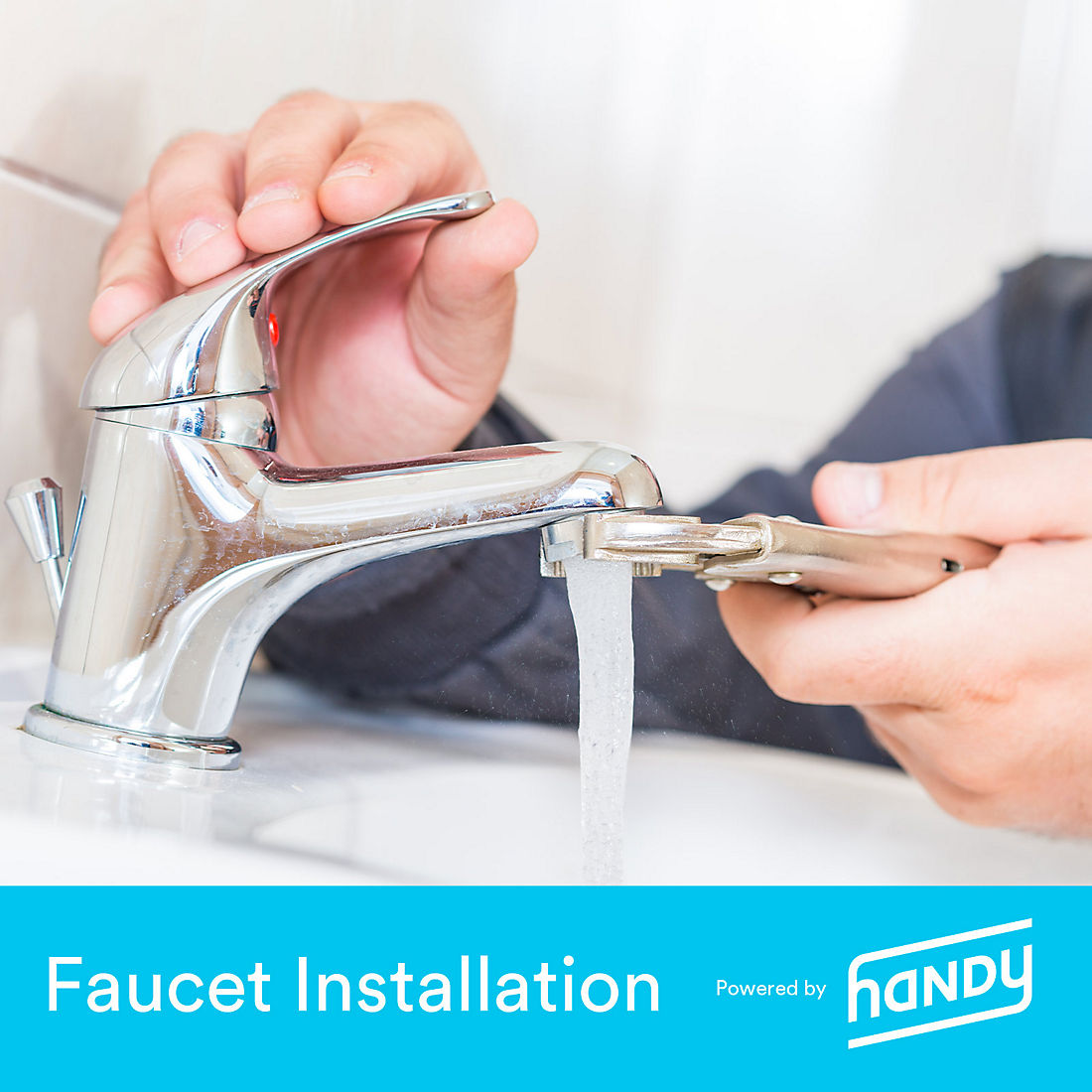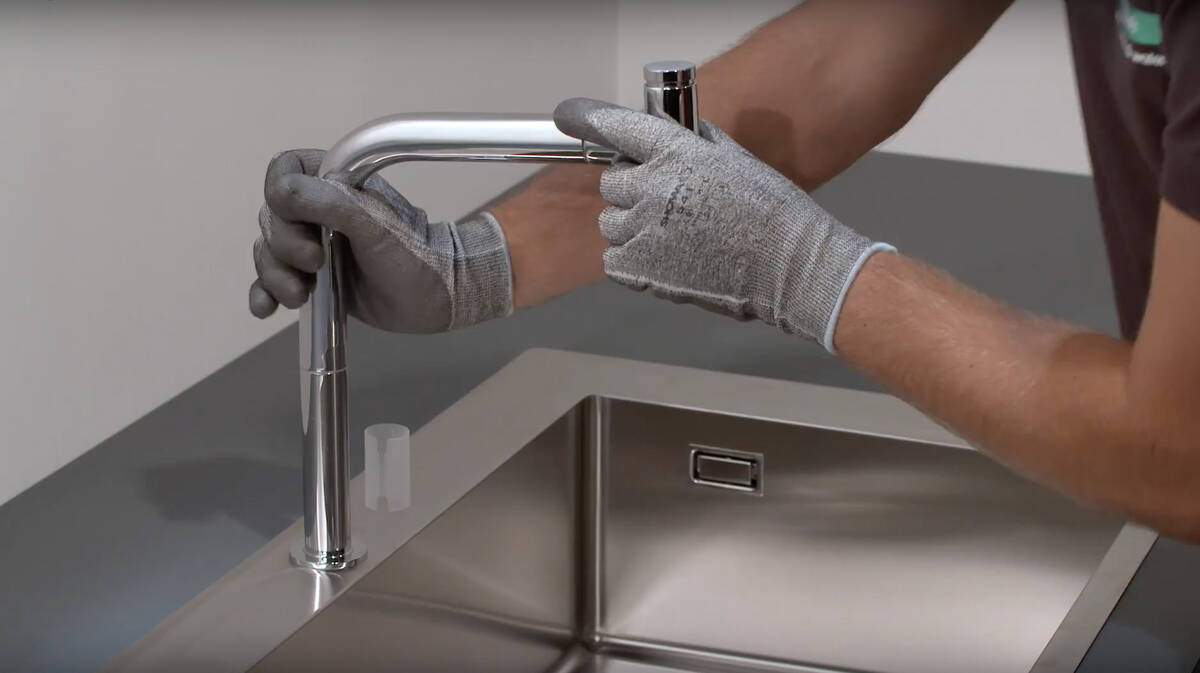Installing a new faucet can seem like a daunting task, but fear not! With the right guidance, it can be...
DIY plumbing
Mastering the Art of Effortless Faucet Installation Embarking on a journey of home improvement? Faucet installation is a transformative step...
Navigating the Waters: The Art of Swift Pipe Repair When it comes to the inner workings of our homes, pipes...







